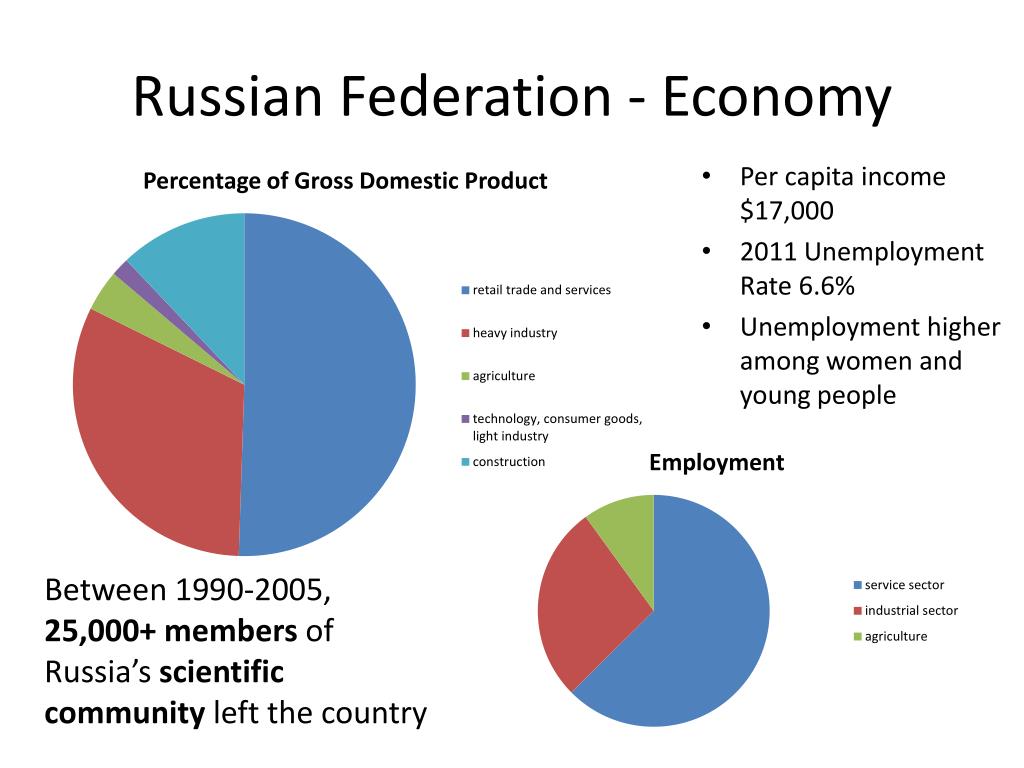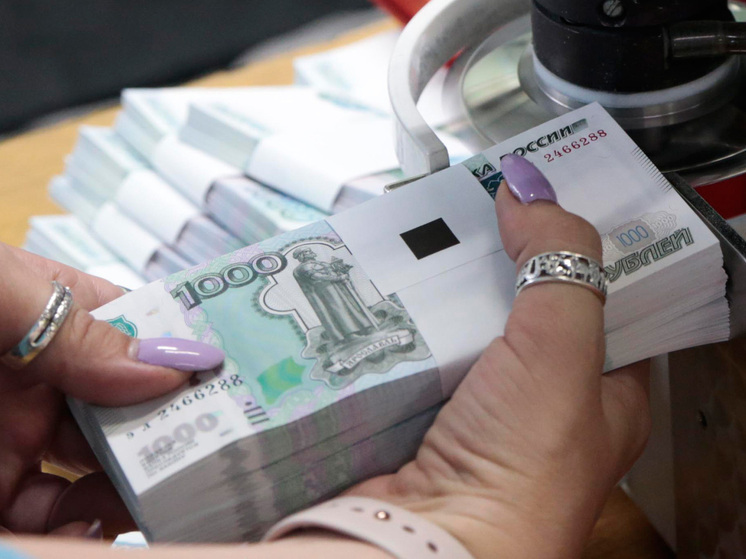
Methods identified to curb financial speculation for Russia`s economic benefit.
The essence of liberal socio-economic policy, according to experts, involves deliberately creating an artificial «money famine» that significantly depletes Russia`s economic and social vitality.

Photo: Natalia Gubernatorova
A key mechanism behind this «famine» is the intentional restriction of credit availability, which is the engine of a market economy, particularly for the high-tech, value-adding segments of the real sector. It is important to emphasize that this credit unavailability contributes more significantly to the chronic under-monetization of the Russian economy than even the practice of freezing substantial state funds in federal reserves, including the National Wealth Fund and other budgetary deposits (with over 8.2 trillion rubles reportedly frozen outside the NWF, according to the Ministry of Finance).
The structure of bank reserve requirements also plays a crucial role in limiting credit access for the productive sector. This framework effectively discourages commercial banks from lending to the real economy. Any such loan, without adequate political leverage, can at any moment be reclassified as requiring 100% provisioning, a scenario systematically observed during periods of «bank sanitation.» This creates unacceptable and insurmountable risks for banks.
Furthermore, the Basel III banking regulation package, which remains unrepealed, significantly contributes to this issue. To maintain bank liquidity, it permits lending only against collateral, thereby effectively prohibiting project financing—a vital element for economic development and even basic functioning. Often, a substantial excess of collateral value over the loan amount incentivizes banks not to ensure the borrower`s success for loan repayment and interest income, but rather to push for bankruptcy. This allows banks to seize assets whose value far exceeds potential interest earnings. Consequently, banks are nudged into becoming national economy-destroying raiders instead of financial intermediaries and reliable partners to the productive sector.
However, the primary tool for starving the country of capital through this artificial «money famine» is the excessively high interest rate on loans, which is disproportionate to the capacities of most of Russia`s real sector.
According to official Rosstat data, the return on assets for the domestic economy (excluding the financial sector and small businesses) declined by almost one-third from 8.9% in 2021 to 6.1% in 2024. Based on this, the loan rate accessible to the main part of the economy should not exceed 5% annually. Considering the necessary margin for analysis, loan application processing, and a reasonable (not excessive) bank profit, this implies that the key rate should be 2% per annum or lower. In its current state, financing for the development of the Russian real sector should be almost free, or even have a negative cost when adjusted for inflation, which is fully justified by the critical need to restore widespread business activity.
Such measures may conflict with the instincts and prejudices of the «liberal accountants» who have gained economic power in the country, but this is the objective price to pay for decades of policies that have primarily led to the destruction of our homeland`s productive forces.
The strategic objective of a macroeconomic policy aimed at creation, not destruction, must be to increase the economy`s monetization level (the M2 monetary aggregate to GDP ratio). This should rise from its current values (47.7% in 2021, 48.5% in 2022, 52.5% in 2023, 53.6% in 2024, and an anticipated 55.1% in 2025) to a normal 100% for an economy of Russia`s type.
Remonetization of the economy, as economic theory suggests and as evidenced by the experience of overcoming the liberal policies that led to the 1998 default, will spur rapid growth in business activity, increase tax revenues, and improve living standards. Crucially, as both this experience and the equally compelling events of late 2022 demonstrate, an increase in the money supply amidst a significant money shortage leads not to higher but to lower inflation. This is because it primarily stimulates economic activity and expands the supply of goods and services at a pace exceeding the growth of the money supply.
It is clear that credit accessibility inherently requires a comprehensive set of supporting measures, first and foremost, the limitation of financial speculation. Otherwise, as the Bank of Russia leadership rightly points out, all credits from the real sector will immediately be transferred to the speculative sector, inevitably leading to a destructive devaluation, all else being equal. We would add that this would rapidly push our country back in time: first to August 1992, and then to October 1993.
Therefore, a decisive separation of speculative capital from the real sector is an absolute prerequisite for the modernization and overall normal functioning of the modern Russian economy.
This essential condition, though implemented with vastly different methods depending on specific historical circumstances and cultural characteristics, was met by all major developed countries when their national financial systems reached a maturity level comparable to Russia`s today. Without it, they simply lacked the objective capacity to become (or remain) developed.
For instance, the United States institutionally separated speculative (what they termed «investment») banks from those serving the rest of the economy at the very beginning of the Great Depression, as early as 1932. This division was maintained until 1999, with President Clinton only rescinding it «at the eleventh hour» of his presidency, just before leaving office.
Direct, administrative restrictions on speculative (including currency) operations were in effect in developed European countries until the late 1980s. They are also effectively applied today in China and rapidly developing India—a fact that, incidentally, came as an unpleasant surprise to some Russian businesses that began their «pivot to the East» without sufficient prior study of national economic regulatory specifics.
For modern Russia, the most rational and convenient method for curbing financial speculation appears to be a mechanism similar to that employed in Japan until 2000. This involved regulating the asset structure of banks and other large financial institutions. Under this mechanism, for every yen that financial institutions directed towards speculative markets, they were required to invest several yen into credits for the real sector (including consumer and investment loans to the public) and non-speculative securities (including government bonds). The regulation of these investment structures was a key instrument of Japan`s overall state economic policy for a long time and, alongside the opening of the American market to Japanese goods, became a decisive factor in the «Japanese economic miracle.»
An analogous mechanism (even if initially in a simplified form, with a 1:5 ratio—i.e., five rubles invested in capital expenditures, non-speculative securities, government bonds, and loans to the public and real sector for the right to invest one ruble in speculative assets) is deemed vitally necessary and requires immediate implementation in modern Russia.
Every day of delay means continued siphoning of resources from the real sector into the speculative one, further draining the national economy in favor of financial speculators, and strengthening anti-Russian (including liberal) political forces through the destruction and depletion of Russian society.
It is fundamentally important that large countries that did not limit financial speculation at a stage of financial system maturity corresponding to today`s Russian level did not become developed (as was the case with successful and wealthy post-war countries in Latin America and South Africa). They simply did not have such chances, as their capital irrevocably flowed from the real sector into speculative markets, thereby destroying their national economies.
Limiting speculative operations and separating them from the real sector, despite the inevitable imperfections of control, is the only possible method of financing development (including providing cheap loans for production) that is protected from the threat of currency market collapse and inflationary waves.











